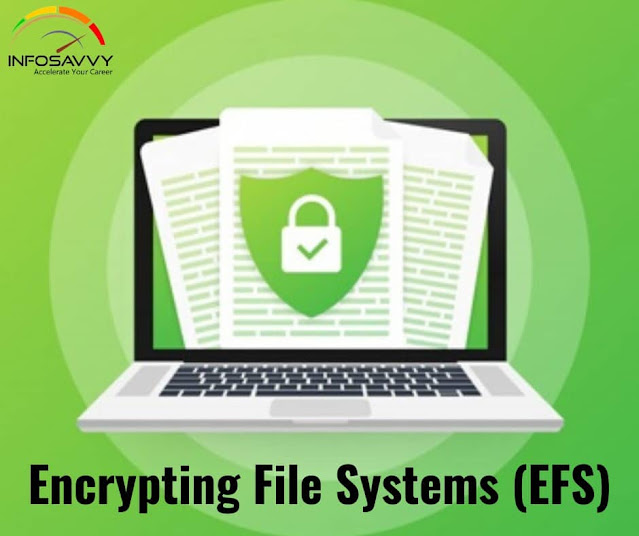Learn All About Linux File Systems

In this blog explain Linux File System Architecture, File system Hierarchy atandard (FHS), Extended File System (EXT), Second Extended File System (EXT2), Second Extended File System (EXT2) (Cont’d), Second Extended File System (EXT2) (Cont’d) etc… Linux OS uses different file systems to store the data. As the investigators may encounter the attack source or victim systems to be running on Linux, they should have comprehensive knowledge regarding the storage methods it employs. The following section will provide you a deep insight about the various Linux file systems and their storage mechanisms. Linux File System Architecture The Linux file system architecture consists of two parts namely: User Space: The protected memory area where the user processes run and this area contains the available memory. Kernel Space: The memory space where the system supplies all kernel services through kernel processes. The users can access this space through the system call...


